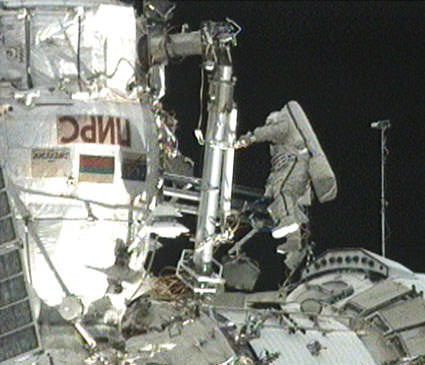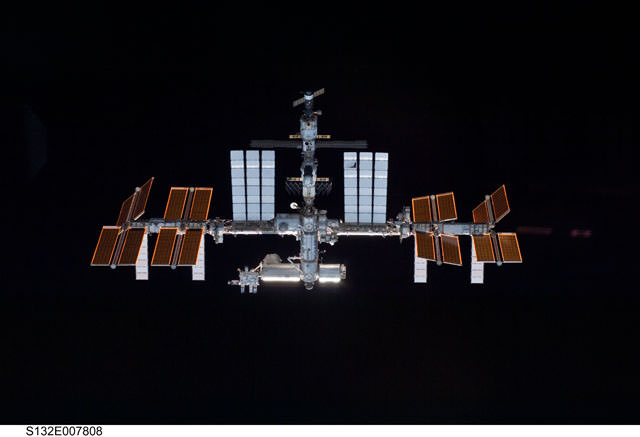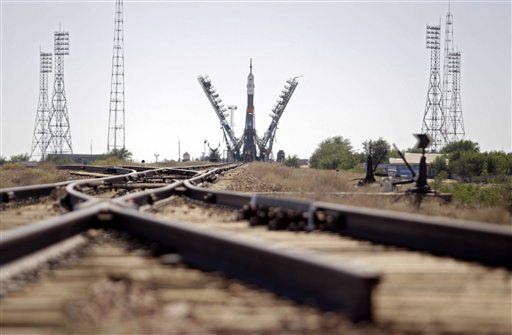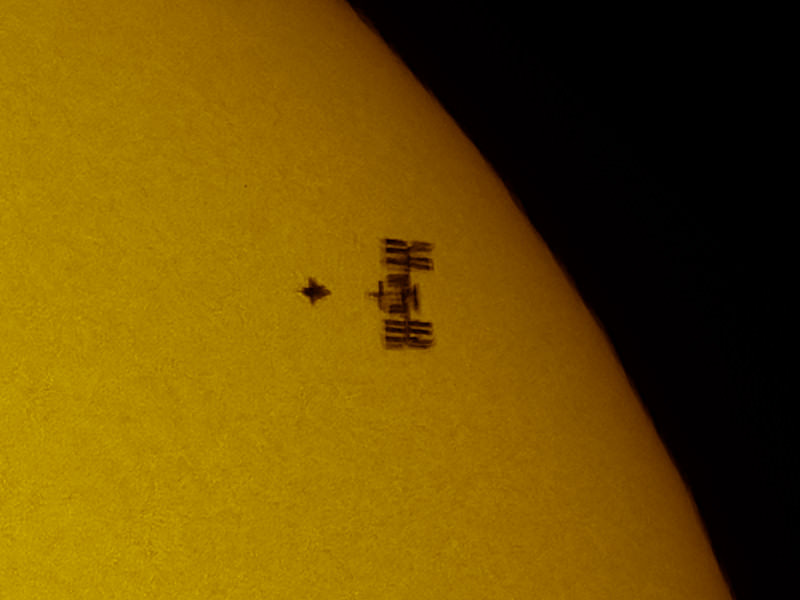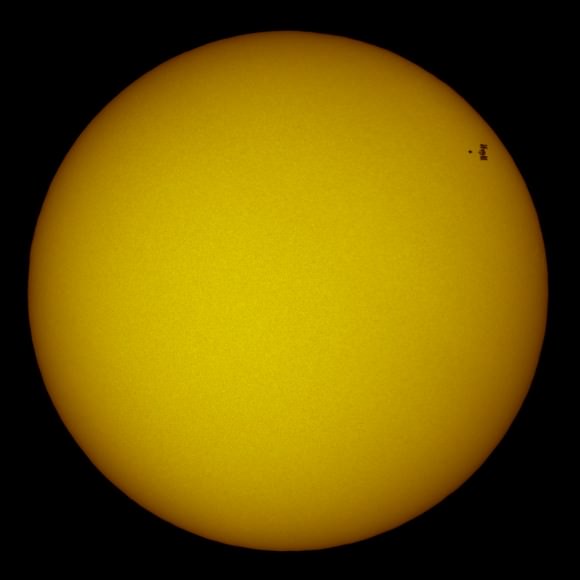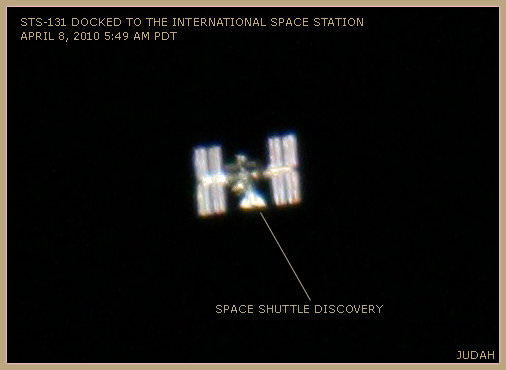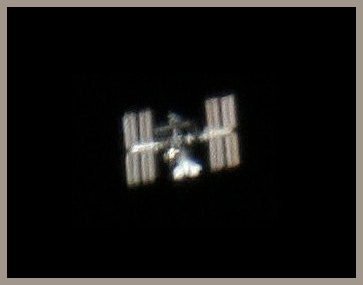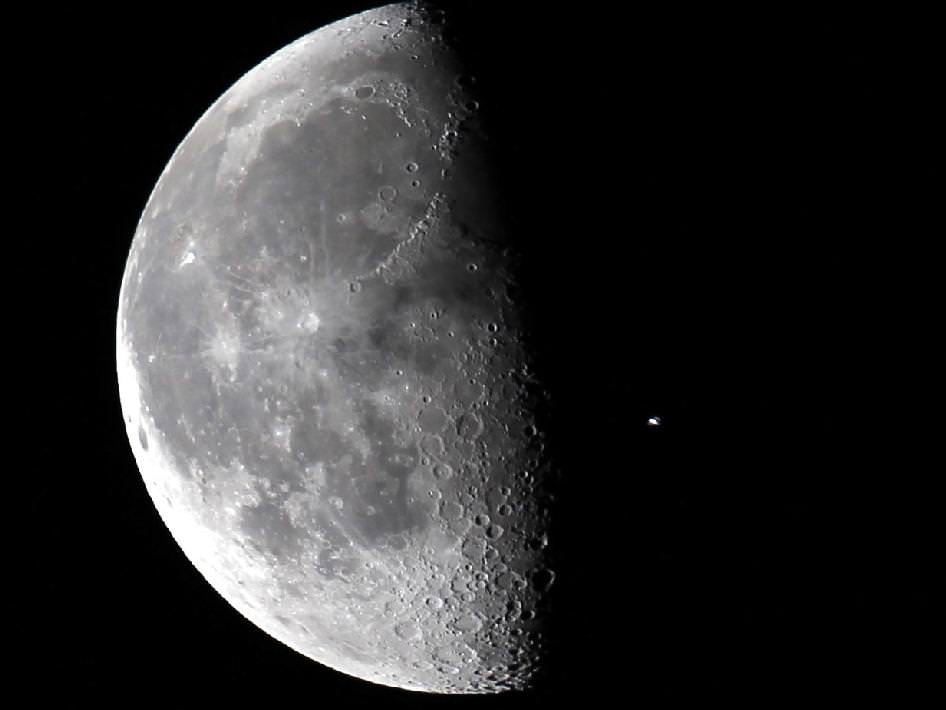[/caption]
One of the International Space Station’s external cool system pumps quit working late Saturday, likely due to mechanical failure. This triggered subsequent shutdowns in other systems. Teams on the ground are working with the six astronauts on board the station to troubleshoot the issue, but it appears at least two spacewalks will be required to remove and replace the pump. NASA officials said the problem will have to be resolved quickly, as the cooling system is extremely important for all the station’s systems. This is a redundant system, so the backup loop is now cooling the station and the crew is in no danger, but NASA does not like to work any systems “single string,” i.e., with no backup.
NASA tried restarting the pump Sunday morning, but it did not work. There are two spare pumps on orbit. ISS astronauts Doug Wheelock and Tracy Caldwell Dyson had been already scheduled to make a spacewalk on August 5 to install part of a robotic crane and to do preparation work get ready for a new module (the Permanent Logistics Module) that is due to arrive in November aboard space shuttle Discovery.
EVA teams are now looking at using the August 5 space walk for the first half of the repairs, followed by the second EVA on August 7 (Saturday). The spacewalks need special planning since the system is in a reduced power configuration.
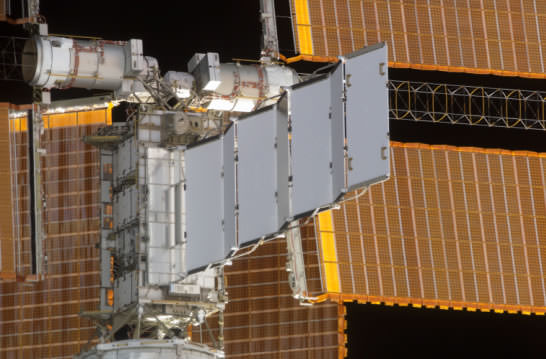
The space station features two independent coolant loops that use ammonia circulating through huge radiators to dissipate the heat generated by the station’s electronic systems, primarily from the labs. Each loop is fed by a large tank of ammonia that includes an internal bellows pressurized by nitrogen. That pressurization system allows the loops to handle the periodic expansion and contraction of the ammonia coolant due to temperature changes when the station goes from sunlight to shadow while in orbit.
Back in April a valve failed on the coolant system, but the teams were able to troubleshoot and fix the problem without a spacewalk.
A status update from NASA listed several other systems that required powerdowns to as a result of the cooling loop shutdown in order to thermally protect them:
Redundant power to four CQs (Crew Quarters), three in Node-2, one in Kibo JPM, with both fans in each CQ remaining functional but zero fault-tolerant (crew is still Go for CQ use). Due to loss of heater power, MBS (Mobile Base System), SSRMS (Space Station Remote Manipulator System), and SPDM (Special Purpose Dexterous Manipulator) are currently zero fault-tolerant. Communications systems, but there could be some issues with possible overheating. No video will be available fromNode-2, Node-3, the Columbus and Japanese modules.


